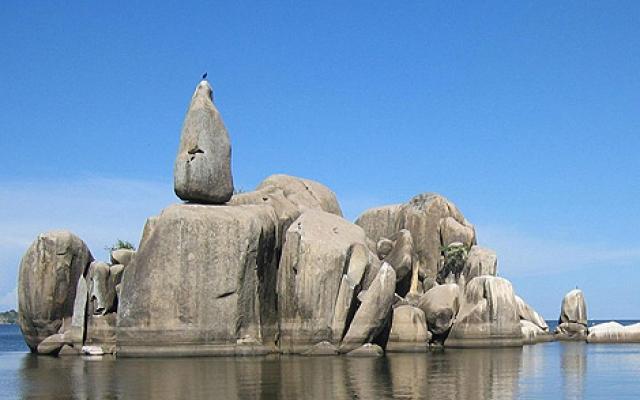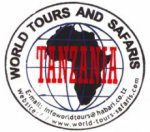With a surface area of just under 70 000 km², Lake Victoria not only dominates this part of East Africa but ranks as the second largest freshwater lake in the world. Yet despite its huge size, the murky lake is quite shallow – only 75 metres at its deepest – and there is little wildlife compared to the smaller Rift Valley lakes such as Lake Nakuru or Manyara.
The giant lake borders three African countries – Kenya, Tanzania and Uganda, with half of the lake lying in Tanzania. Travelling between these countries via the lake is, sadly, a luxury of the past. Sitting in a fertile basin, the area is predictably heavily cultivated and densely populated, and given that much of its shoreline is marshy and infested with bilharzia, swimming is not an option.Several lodges in the Masai Mara or Serengeti offer day trips or fishing expeditions to Lake Victoria but it has never really featured on the Tanzanian or Kenyan safari circuits.
Tanzania’s Rubondo Island National Park – located in the southern portion of Lake Victoria on one of its many islands – is the only major highlight of a visit.

There is a good range of big game on the forested island – including elephant, chimpanzee and giraffe – and the bird list of around 400 species will appeal to bird watchers. Uganda’s Ssese Islands, lying close to Entebbe, offer visitors to Uganda the chance to soak up a little of the lake’s atmosphere.
The emphasis on these islands is less about wildlife and more about rest, relaxation and interacting with the local fishermen.
